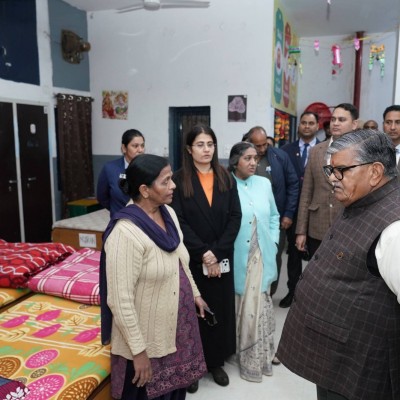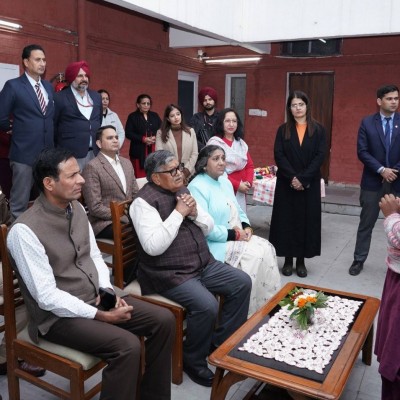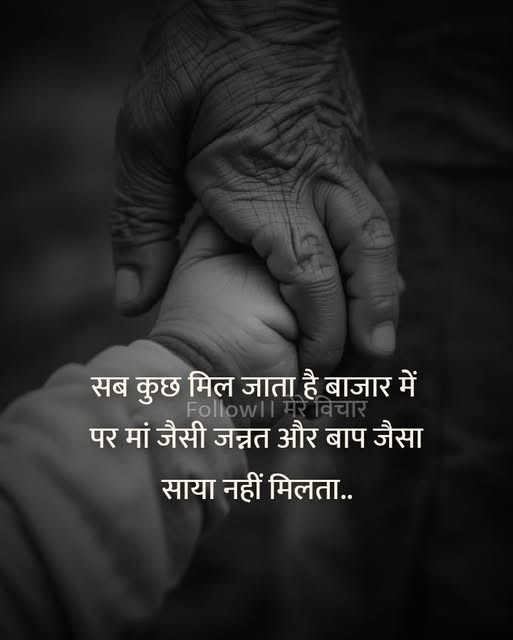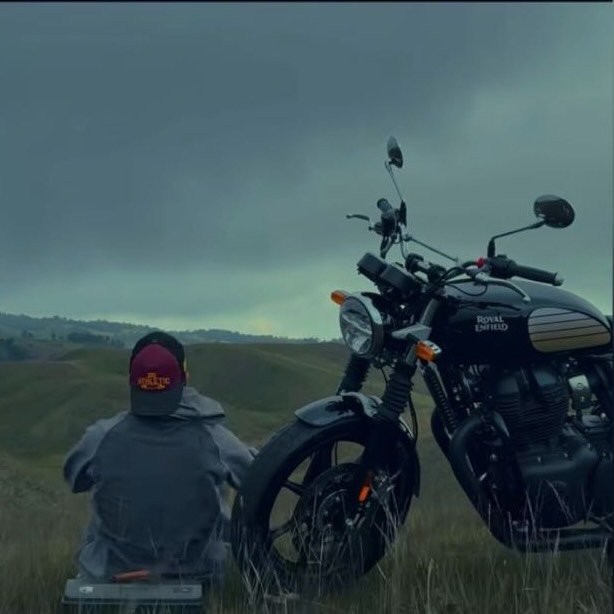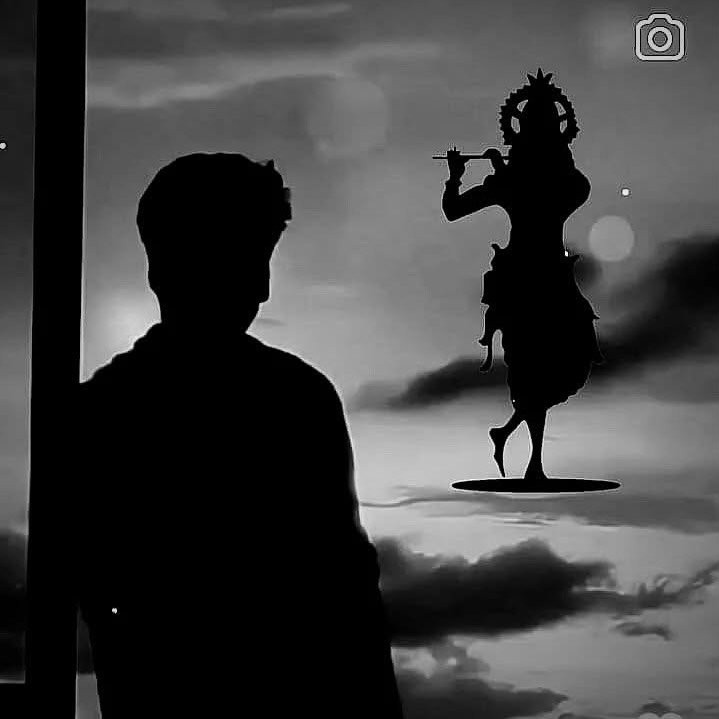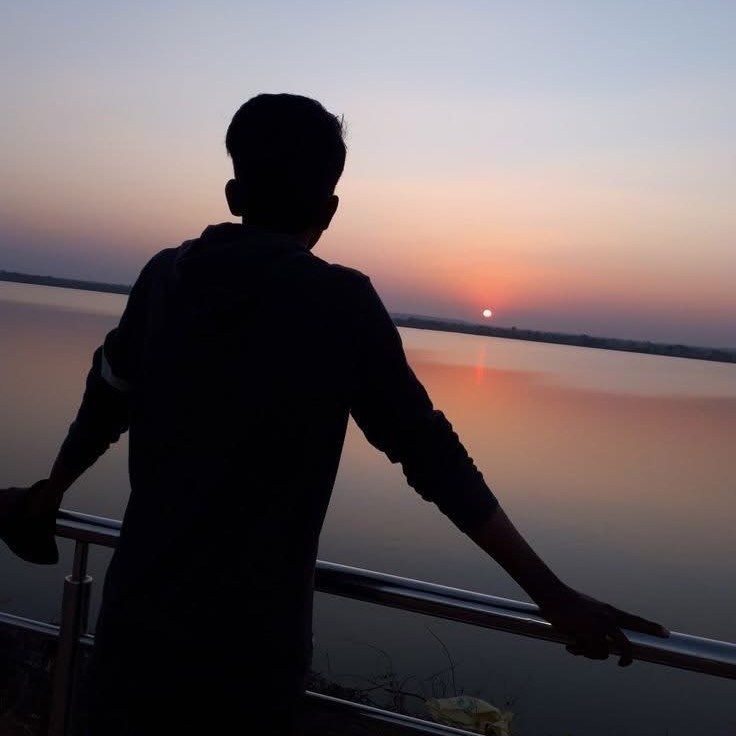Discover postsExplore captivating content and diverse perspectives on our Discover page. Uncover fresh ideas and engage in meaningful conversations
राजपाल गुलाब चंद कटेरियन ने चंडीगढ़ के सेक्टर 15 स्थित कन्या नारी निकेतन के लिए स्नेहलिया का दौरा किया
वहाँ रहने वाली लड़कियों और महिलाओं से बात की
#governor #gulabchandkataria #chandigarh #nariniketan
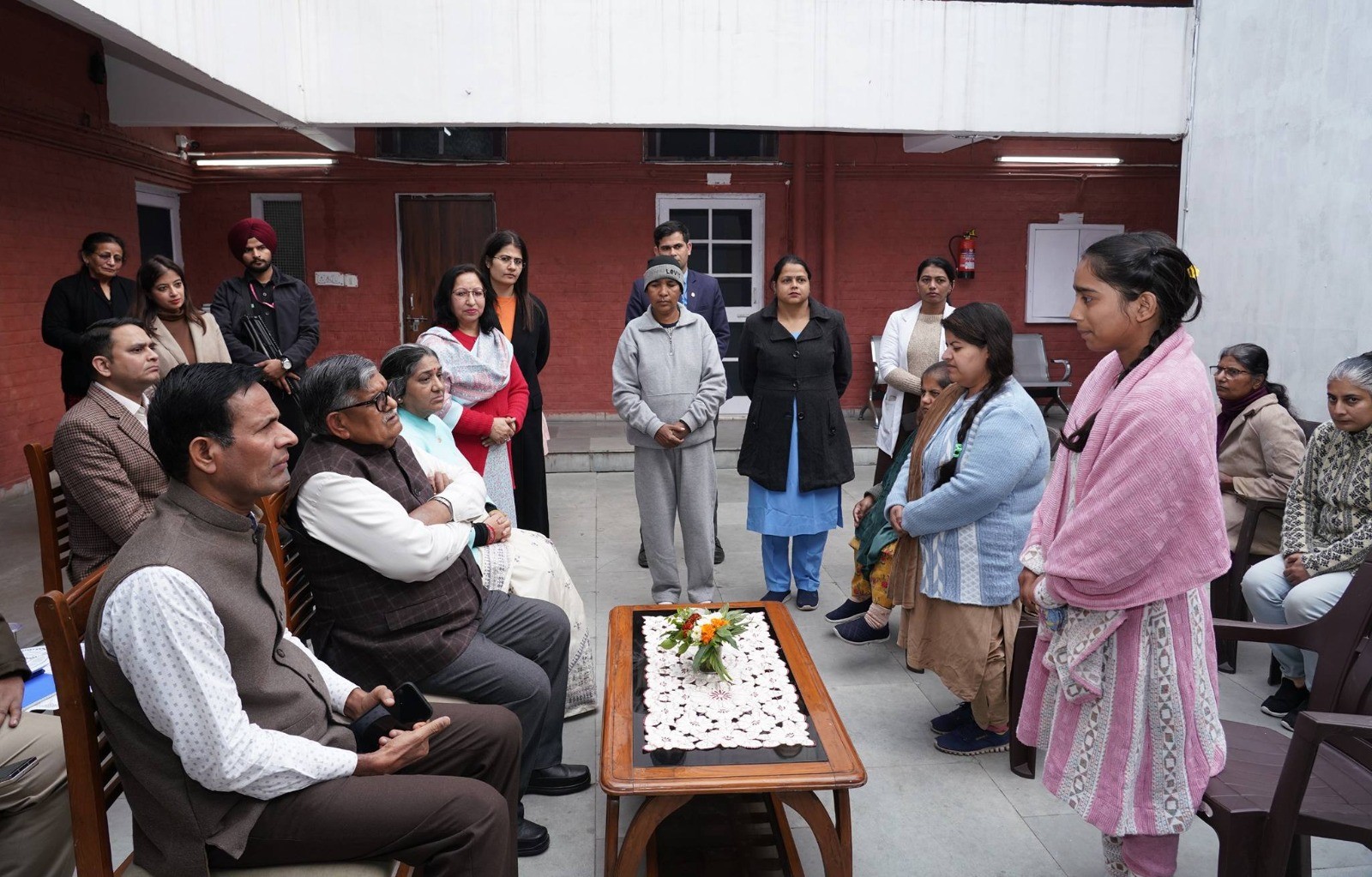
राजपाल गुलाब चंद कटेरियन ने चंडीगढ़ के सेक्टर 15 स्थित कन्या नारी निकेतन के लिए स्नेहलिया का दौरा किया
वहाँ रहने वाली लड़कियों और महिलाओं से बात की
#governor #gulabchandkataria #chandigarh #nariniketan
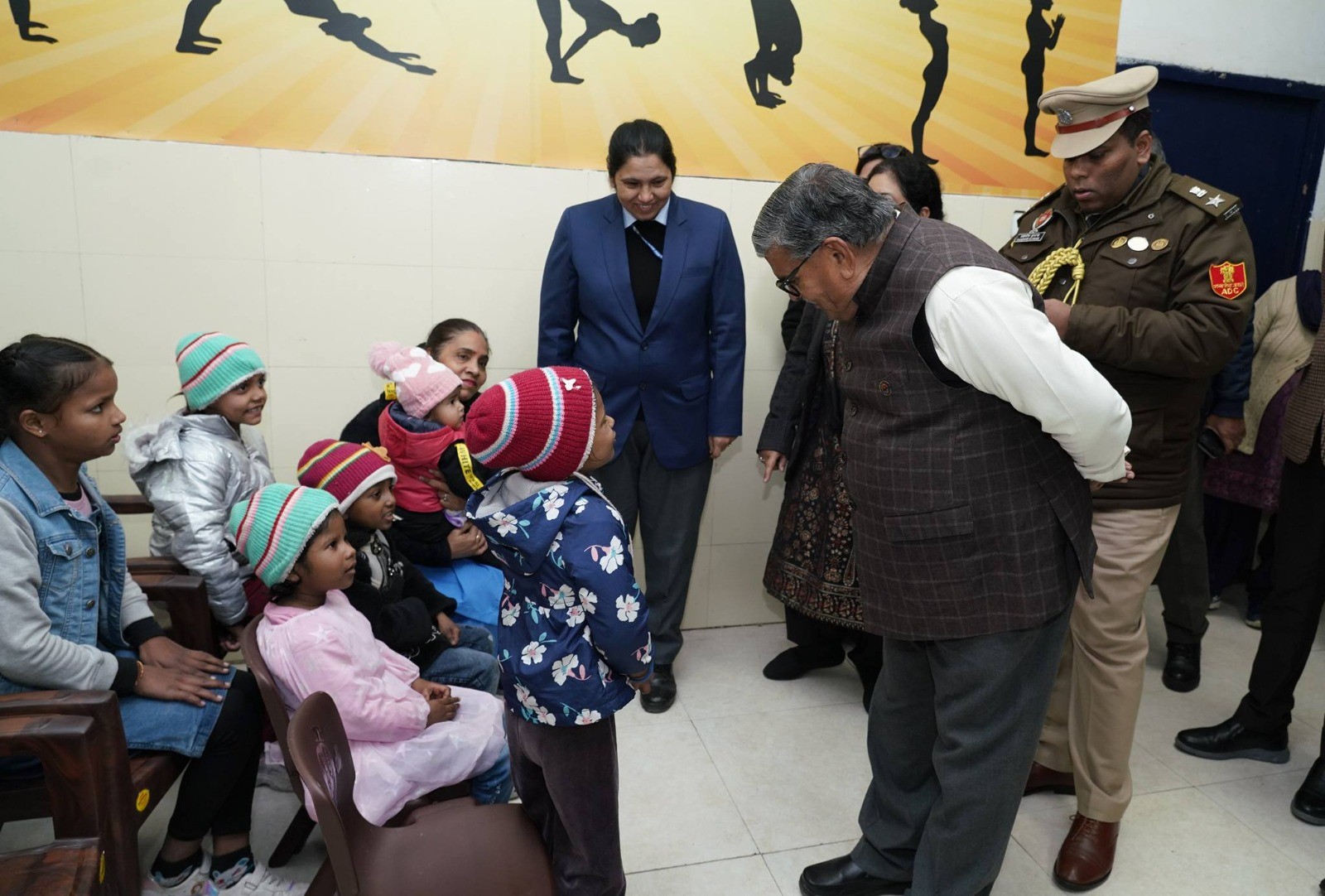
राजपाल गुलाब चंद कटेरियन ने चंडीगढ़ के सेक्टर 15 स्थित कन्या नारी निकेतन के लिए स्नेहलिया का दौरा किया
वहाँ रहने वाली लड़कियों और महिलाओं से बात की
#governor #gulabchandkataria #chandigarh #nariniketan
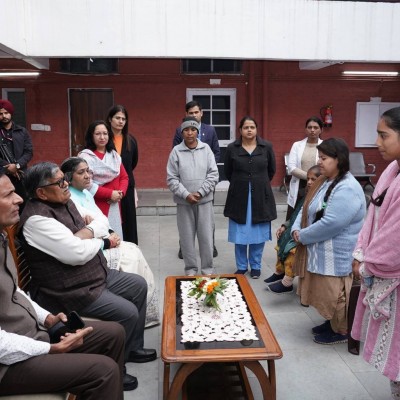
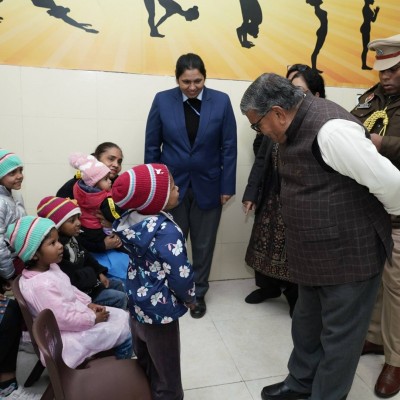
बच्चों की पूरी दुनिया उसकी मां होती है
😱 #holidayevent #humor #gameresult #broa See less
Thalassery Railway Station in Kerala recently gained attention after a video showed its platforms completely free of litter. The clip, shared widely on social media, surprised many viewers because railway stations are often associated with trash and overcrowding. In contrast, Thalassery’s platforms appeared spotless, reflecting a strong culture of cleanliness. Reports and public reactions credit both the railway staff and passengers for this achievement. Regular maintenance by staff, proper waste management, and responsible behavior by travelers have together made cleanliness a shared habit rather than an enforced rule. The station’s condition demonstrates that public spaces can remain clean when people take collective responsibility. Thalassery Railway Station has since become a positive example, inspiring discussions on civic sense and how cooperation between authorities and citizens can create cleaner, more pleasant public environments across the country.

